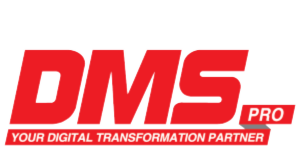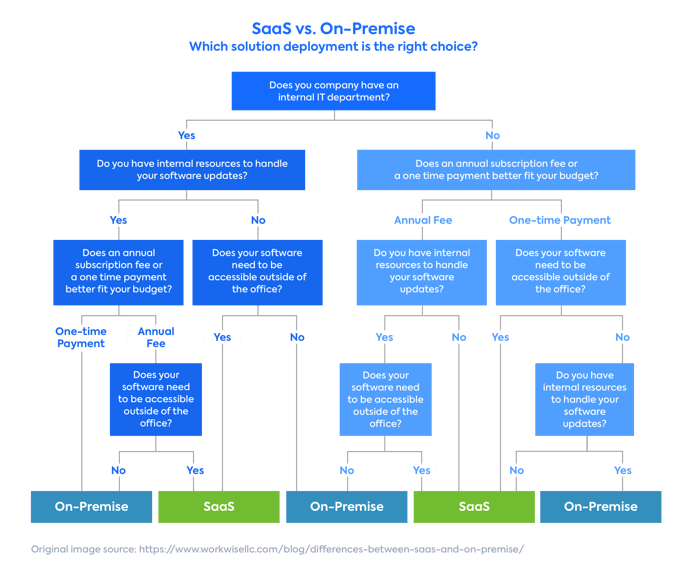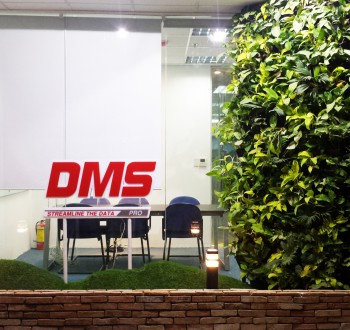- 23-04-2024
- Category: Uncategorized
In today’s digital age, businesses must continuously innovate their operations to create a connected digital environment to stay competitive. Implementing enterprise-level solutions such as CRM, ERP, and distribution and sales management systems (DMS) helps companies centralize data across the organization on a single platform, enhancing the efficiency of each department.
According to a report by BetterCloud, over 70% of the software used by businesses today is SaaS-based. With the advantages of low investment costs, easy deployment, and flexible integration, the SaaS model is becoming increasingly popular among businesses of all sizes and industries.
So, what is SaaS DMS? How does SaaS DMS differ from On-premise DMS, and which model is better suited for your business? Let’s explore these two models with DMSpro in the following article.
-
What is SaaS DMS?
SaaS DMS is a DMS solution provided as a service, meaning businesses don’t need to invest a large sum to immediately own a standard distribution management tool. All the data related to a business’s distribution system (salespeople, sales routes, customer information, products, sales figures, etc.) is managed and stored on a cloud platform, giving the company full control and access 24/7. The management of infrastructure, data security, maintenance, and upgrades is handled and guaranteed by the SaaS DMS service provider.

2. The Differences Between On-premise DMS and SaaS DMS
So, what are the key differences between SaaS and On-premise?
On-premise refers to software or services that businesses control and manage on their own infrastructure, typically at their office or data center.
With On-premise, businesses must purchase and install software or services on their own servers and networks. They are also responsible for updates, maintenance, and security for their software and data (usually through their IT department).
SaaS stands for “Software as a Service.” It is a software distribution model where the software is provided as a service over the Internet, rather than being downloaded and installed on personal computers or local servers.
With SaaS, businesses do not need to buy or own the software. Instead, you pay for its use on a subscription model (monthly/quarterly/yearly). You can access the software from any device with an Internet connection, including computers, mobile phones, or tablets.
To make it easier to understand, you can compare these two models to choosing between renting a house and buying a house. SaaS is like renting—you only pay to use the service and don’t have to worry much about maintenance or infrastructure upgrades. On the other hand, On-premise is like buying a house, requiring you to invest significant time and money in managing and maintaining the infrastructure.
Or businesses can refer to the flowchart below to choose the model that best fits your needs:
In summary, businesses may opt for On-premise DMS if they already have an internal IT team knowledgeable about the DMS system.
Using On-premise can offer higher control and flexibility over the system since it is owned by the business and can be tailored to specific business needs. It’s suitable for companies that do not require remote data access.
SaaS DMS typically offers more flexibility and convenience, as businesses don’t need to worry about installing, updating, or maintaining the software. Users can automatically access new features provided by the service provider without doing anything extra. This not only saves time and costs for businesses in the early stages of building a system with a modest budget but also supports larger companies in…
These are all the key differences between On-premise DMS and SaaS DMS as compiled by DMSpro. We hope this article has provided you with a comprehensive understanding of both models and helped you choose the best solution for your business’s development strategy in the future.
 Your Distribution Management Solutions
Your Distribution Management Solutions


